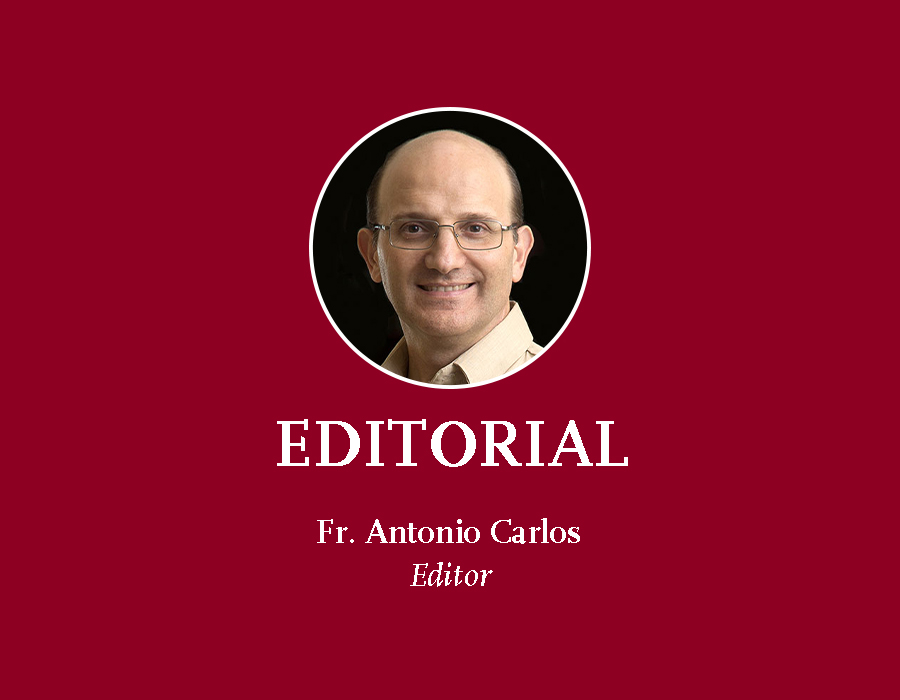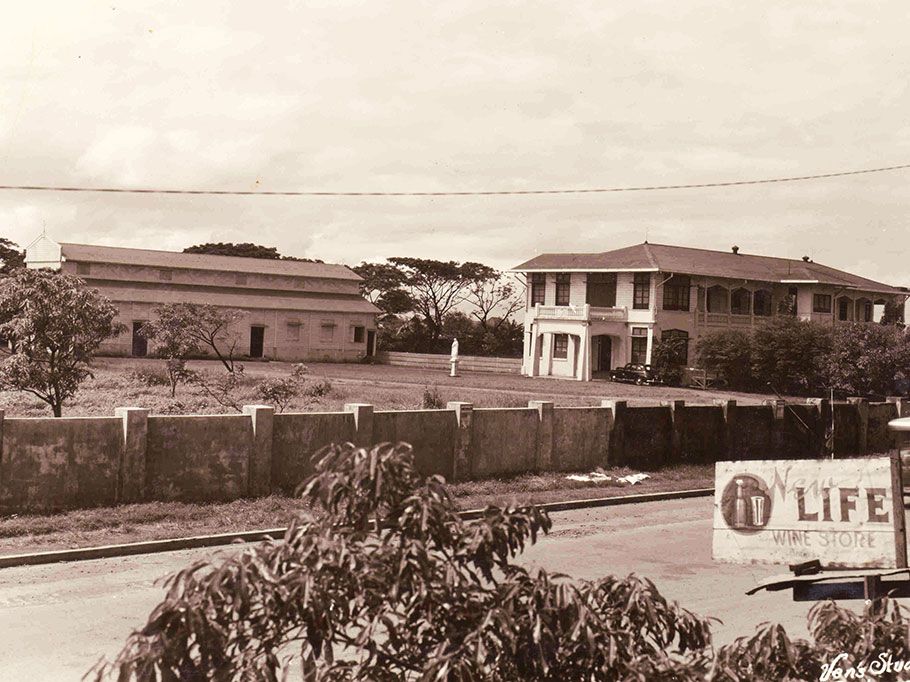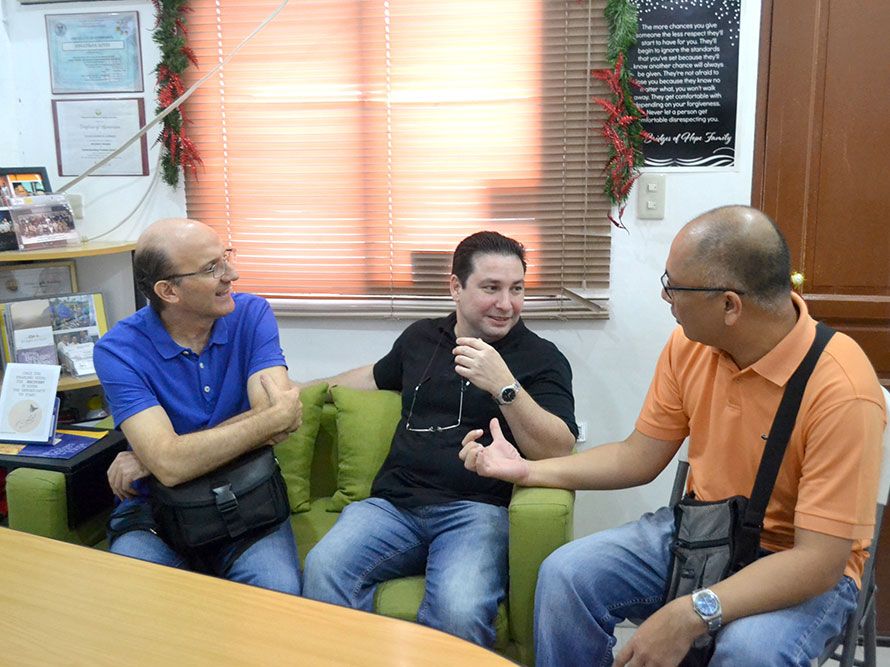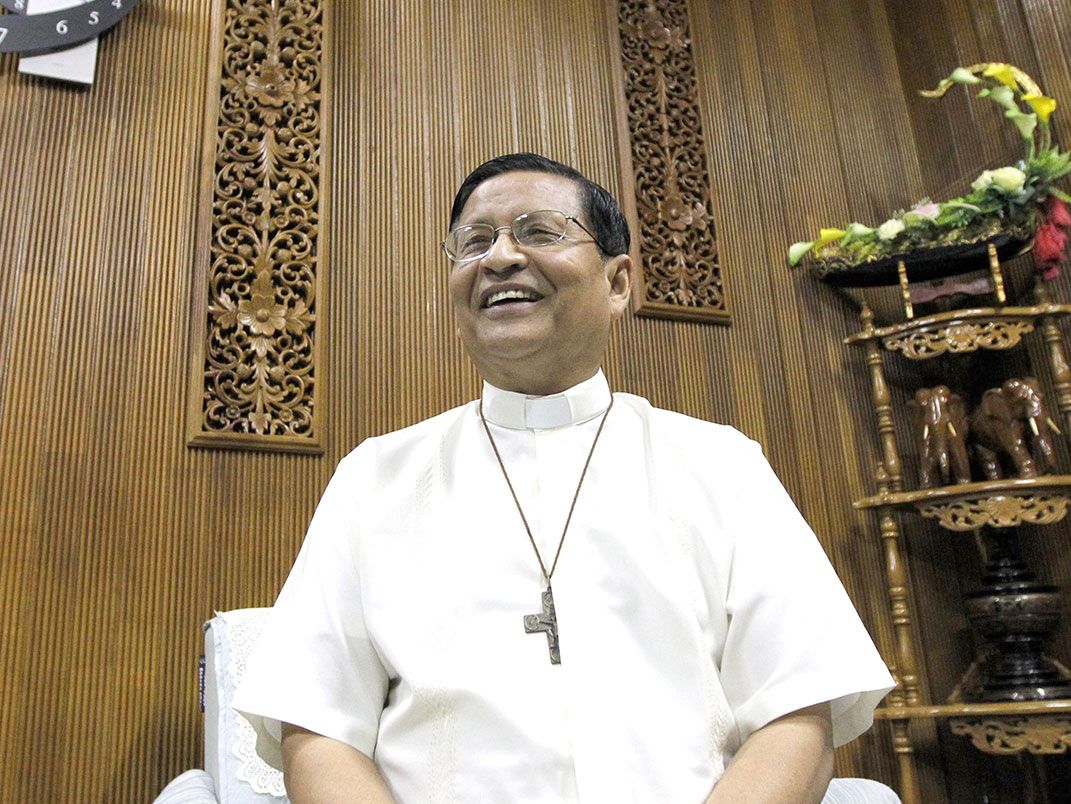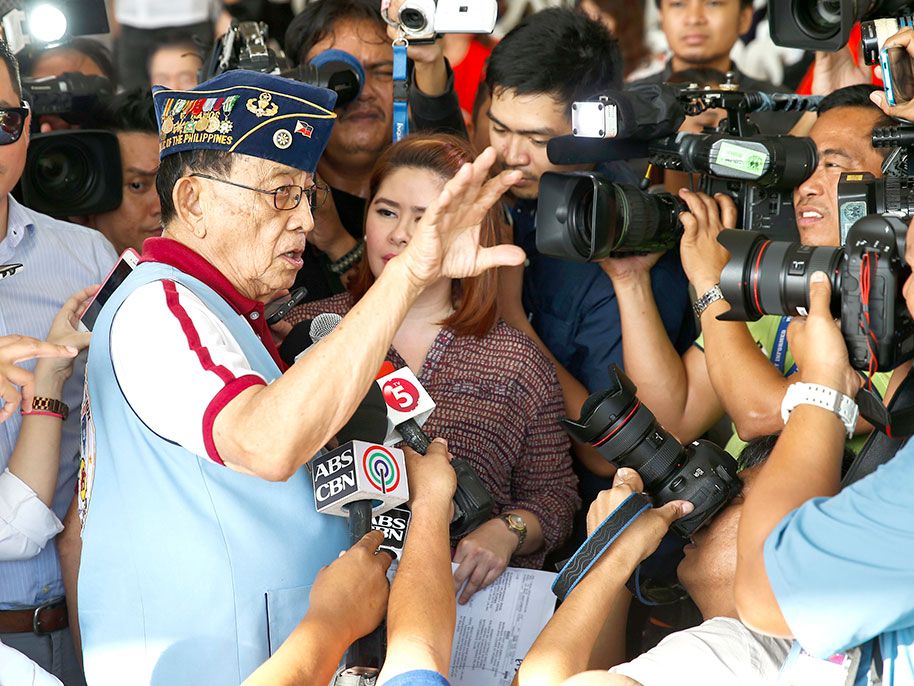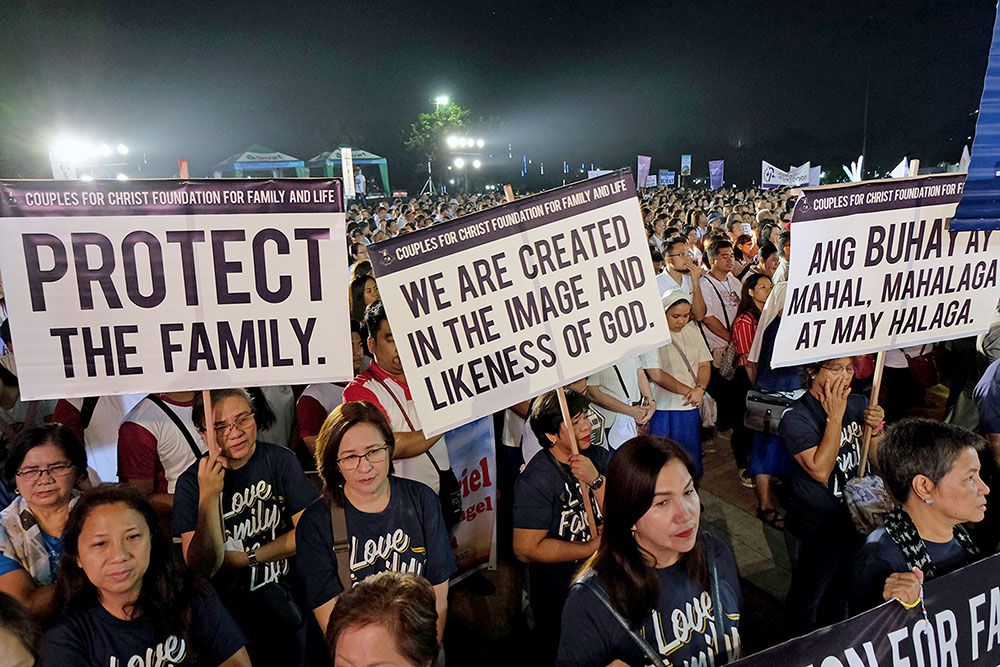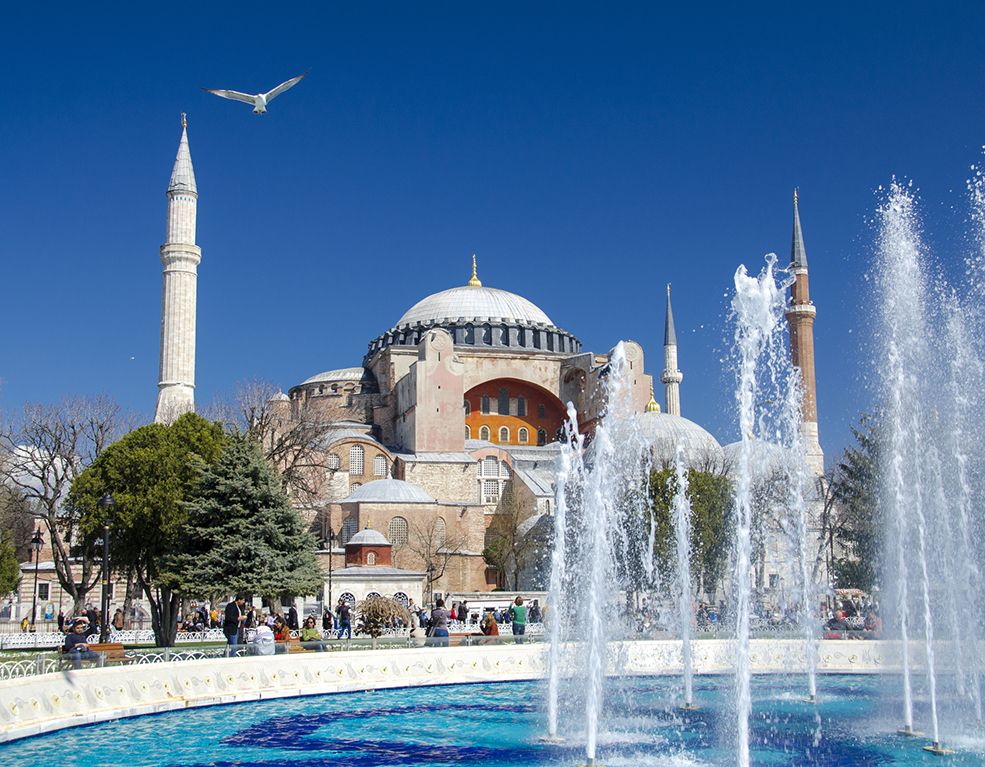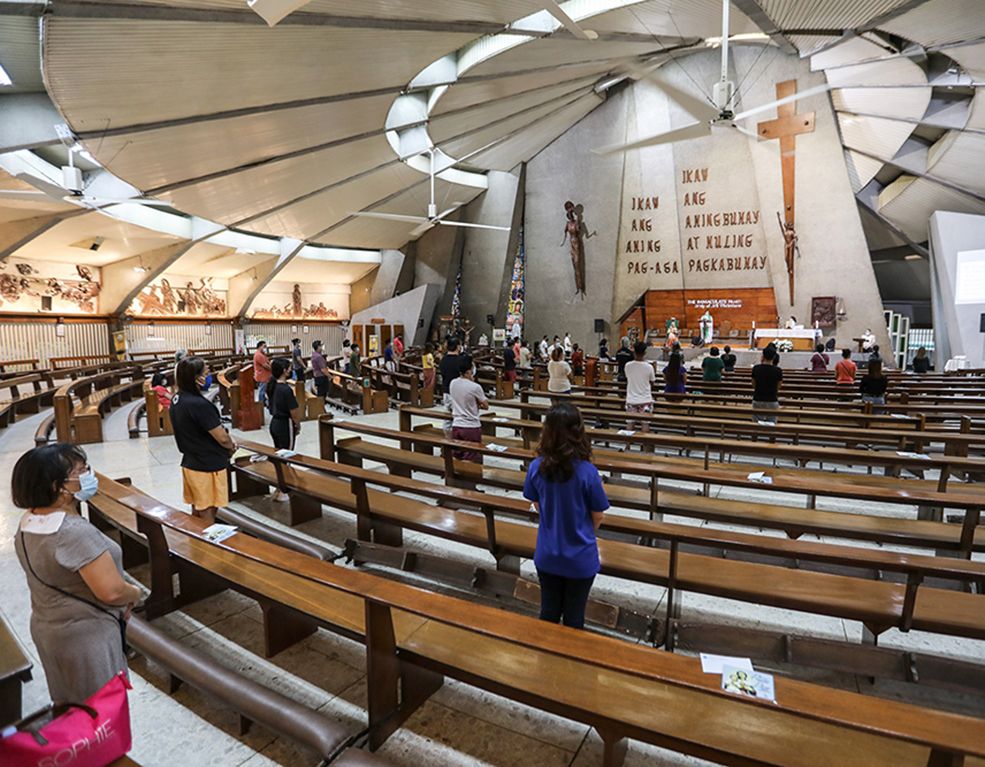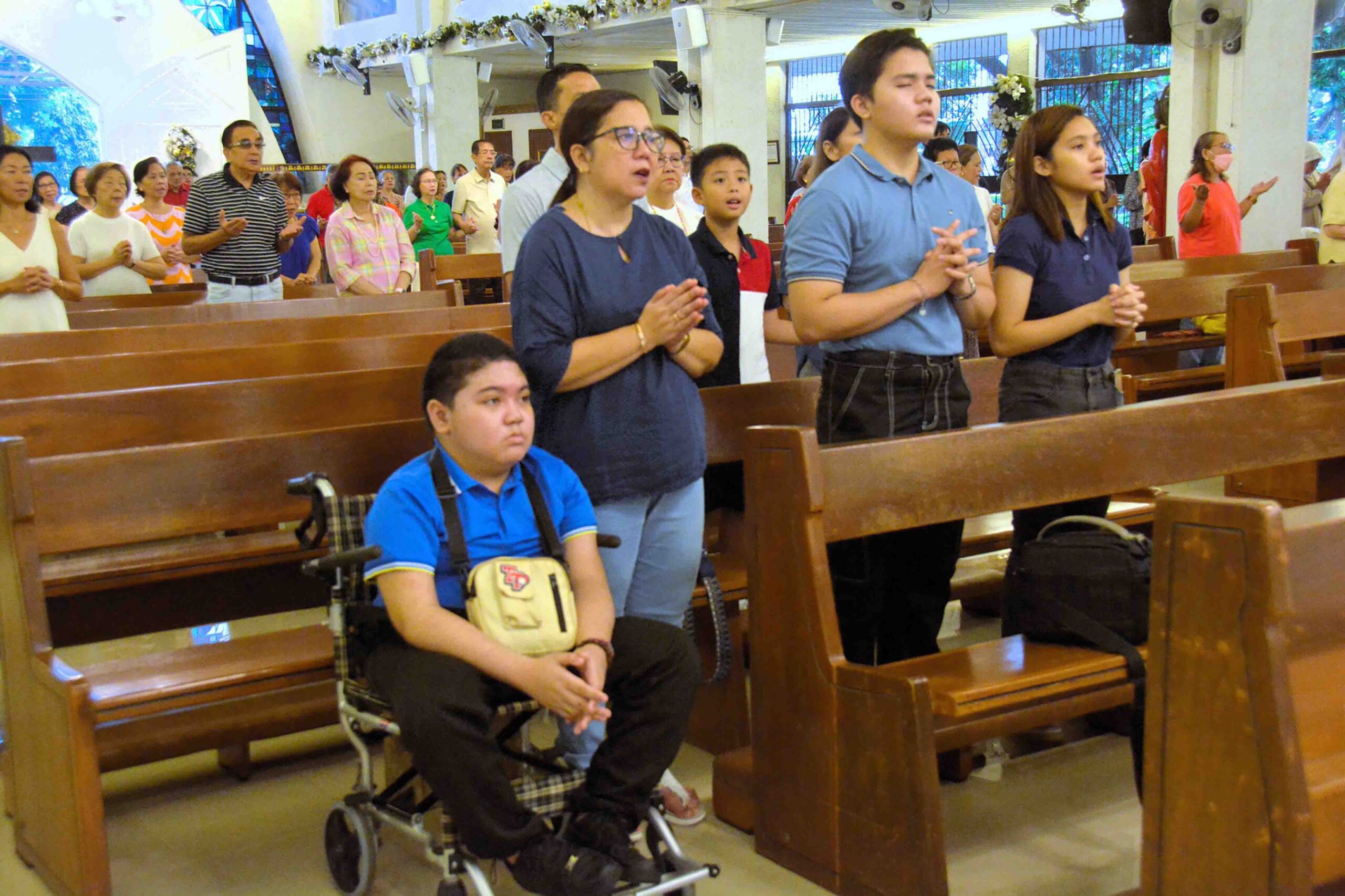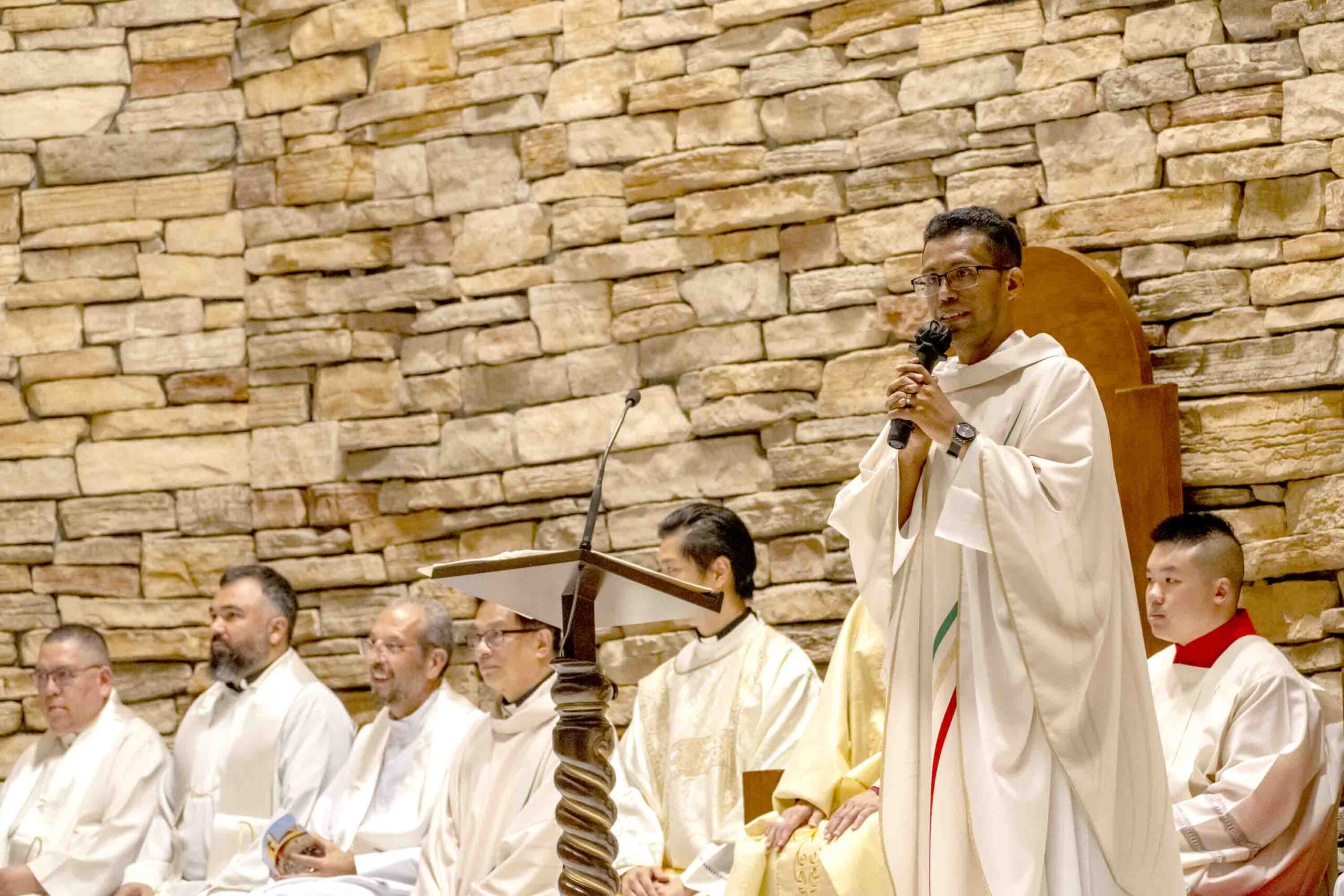Assuming the mission model of debo-[mi]syon (devotion-mission), the Shrine upholds the principle that a devotion without a mission is but a big show, a superficial spiritual undertaking. Moreover, the Shrine’s mission affirms that its priests, workers, and lay partners must conscientiously embrace humility and vulnerability. This is because these attributes are basic in becoming signs and instruments of the mercy of God to the most abandoned sectors of society – the lost, the least, and the last.
The mission of the Shrine translates itself into two ways of engagement: the liturgical-sacramental services and social mission apostolate; and the urban mission among the poor in the different dioceses in Metro Manila.
Liturgical Service
The Shrine strives to provide the thousands of devotees that come every Wednesday and Sunday with liturgical-sacramental services – the three daily masses in the Shrine, one at 6:45 in the morning, another at 9:30 a.m. and the last mass at 5:45 in the afternoon. On Sundays, there are nine masses celebrated. Preaching the Word of God and celebrating the Sacrament of Reconciliation are the main means to reach out to the big number of devotees and mass goers.
Except on Sundays and Wednesdays, there are regular daily confession schedules; three hours in the morning and another three hours in the afternoon till evening.
When there are no formal liturgical and sacramental services, the Shrine provides the “sacred space” where people can be by themselves to pray, to refresh, to run away from the bustle of city life, or just simply be alone. The sanctuary is always accessible to the people.
It has been the common practice in the Shrine to allow people to go up to the altar to touch the Tabernacle when there are no masses or novenas. With the Shrine open twenty hours all throughout the year, it is indeed heart-warming to see people being close to the Blessed Sacrament and praying right under the icon of the Blessed Mother. After all the services in the Shrine are done on Wednesday evening, a long queue of people can be seen patiently waiting for their turn to go to the sanctuary, touch the Tabernacle, and pray at the foot of the icon. Many devotees will even sprawl on the floor of the sanctuary to pray.
Social Apostolate
The National Shrine of the Blessed Mother has a developed Social Mission Apostolate. All its programs are committed to uplift the life conditions of the people they serve, to help them in their needs, and to advocate for the transformation of society. All the social mission programs, except the St. Gerard Family Center, are run professionally by licensed social workers and assisted by volunteers of the Shrine. The following are the Shrine’s social apostolates:
1. St. John Neumann’s Migrants’ Center
Helps overseas Filipino workers and their families
2. Crisis Intervention Center
Caters to walk-in seekers of assistance and extends support for their immediate needs
3. The Medical and Dental Services
Renders services to the poor communities around the Shrine as well as to those far-flung places needing medical attention
4. The Redemptorist Educational Assistance Program
Provides college education to poor and deserving students around the nearby cities of the Shrine
5. The Sarnelli Center for Street Children
Serves the most abandoned children of society, especially street children who are abandoned, lost and often taken advantage of
6. The Redemptorist Skills and Livelihood Center
Offers government-recognized vocational courses to the poor for better chances of employment or income
7. The Program on Women’s Wellness and Empowerment
Provides reformed sexual workers rehabilitation and skills for employment
8. St. Gerard Family Center
Offers psychological-social mentoring and counselling



